If you look for information online about the fashions of the 1950s, you will be bombarded with blog posts and photographs about Dior’s iconic “New Look” and black and white images from high fashion magazines. What is harder to locate is information about what I consider to be a jewel of fashion history: clothing worn by the 1950s housewife. The number of women who focused on domestic duties peaked during the 1950s, and doing it in style was a huge part of their culture.
The fashion of the 1950s housewife isn’t seen in Vogue or any of the other popular fashion magazines of the time. We get a version of it on the television shows of the time such as Leave it to Beaver, but not the whole picture. Sources such as dress patterns and ladies journals are where the images of “everyday” women exist, and they tell us a lot about the complexity of their lives, not to mention the fabulousness of their clothing.
Getting “made up” was something many women did each morning during the 1950s. For those of us who live in leggings and yoga pants this is hard to comprehend. Plus — who has the time? Let’s dive into what being “made up” looked like for a 1950s homemaker and the wardrobe essentials they so carefully put on each day.
Glamorizing and elevating the homemaker
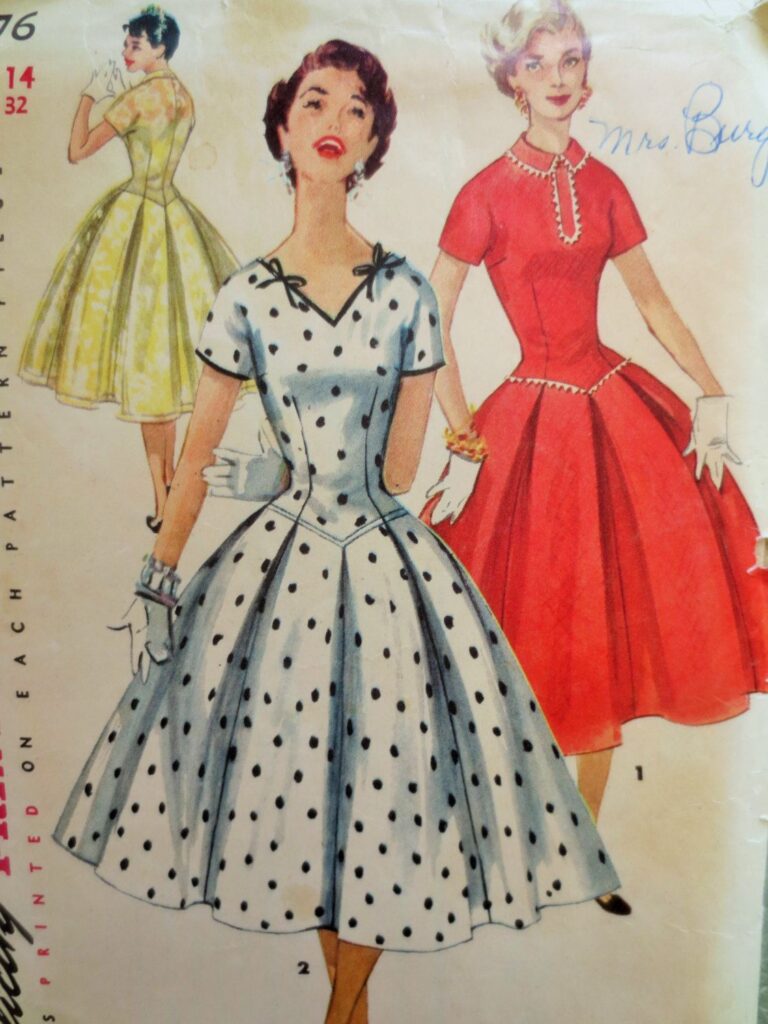
There was a greater focus on proper clothing and looking polished for the homemaker during the 1950s than there was in the prior decades and certainly those that followed. And it wasn’t because of Dior’s New Look and certainly wasn’t a random occurrence. The 1950s saw a huge push by industries and the government to encourage women to return to the home following a massive influx of females into the workforce during World War II.
During the war, over 62% of married women worked outside of the home. Once 1950 hit, this number plummeted. It is believed that only 21.6% were in the workforce by the beginning of the decade. Some statistics state that up to 70% of women preferred to keep their jobs after the war ended. This was simply not plausible economically, at least that was the prevailing belief.
Men needed jobs. There was a huge emphasis put on homemaking being a patriotic duty and the “housewife” was elevated in everything from political campaigns to television to the pulpit. But rhetoric can only go so far. Glamorizing a woman’s role in the home went a long way in spreading the excitement around the role. And with the glam came an entire wardrobe — whether the day’s plans included leaving the home or not.
Underneath the dress
The hourglass figure ruled during the 1950s. To keep it in place, each day would have begun with the following:
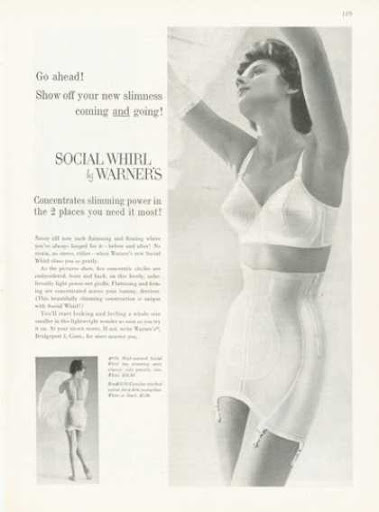
Bullet bra/full coverage pointed bra
Whatever you want to call it, the shape and purpose were the same: provide support and accentuate the bust. This type of bra left a woman to freely move around the house performing her domestic duties in comfort while also presenting the desired look.
Girdle
The 1950s is the last year that we see form shapers as an almost compulsory part of a woman’s wardrobe and the girdle reigned supreme. But as with the bullet bra, this undergarment too was a combination of fashion and function. It reinforced the sought-after silhouette while also allowing ease of movement.
Nylons and garters
While I can see a full-coverage bra and girdle being somewhat comfortable for performing housework, I don’t think I could as easily get behind the daily use of nylons. Yet they were not only an expected part of a homemaker’s daywear, they were wildly popular as well.
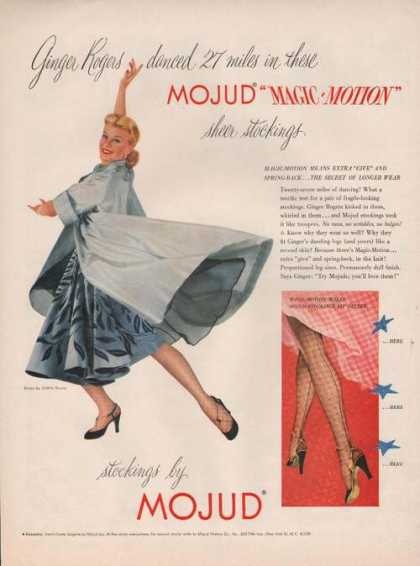
Nylons fell out of use during WWII due to rationing. When they were reintroduced for retail they came back with a vengeance. I think nylons would have fit in perfectly with the well-manicured look of the day and despite my distaste for them, many women simply took it in stride.
The nylons of the day would have been attached with a carter, often attached to the girdle. They were of the “fully fashioned” type meaning reinforced at the toe, heel, and top of each stocking. Additionally, the seam ran along the back. There was no elastic, thus making the carter a requirement and now allowing for much flexibility.
Vacuuming in heels?
Didn’t 1950s housewives wear high heels every day, even when vacuuming? If that’s what you thought, it could have to do with the media of the 1950s that you are most familiar with. During this decade, heels were considered to be the most proper footwear for being in public, and women would have worn them on television, even those depicting busy housewives.
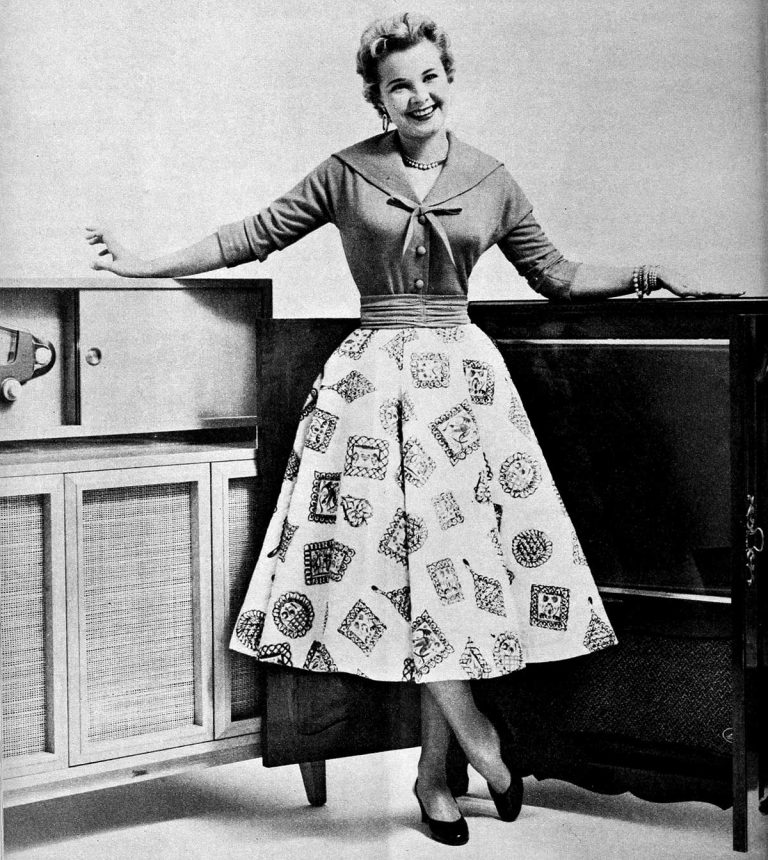
The reality, however, is that this was one area where fashion bent a bit to fit a woman’s lifestyle. During the day a homemaker would have worn flats, slippers, sandals, or may have even skipped the shoes altogether here and there. Upon leaving the house, the heels went right back on. Some women may have also put their heels back on upon welcoming their husband’s home, but that is a topic for another post.
Now let’s move on to one of my favorite pieces of clothing from fashion history: the 1950s house dress.
The 1950s housewife dress
What better way to make homemaking fashionable than to take the glamour of the New Look and combine it with easy-to-wash fabrics, cozy patterns, breathable materials, and top it with a cute apron?
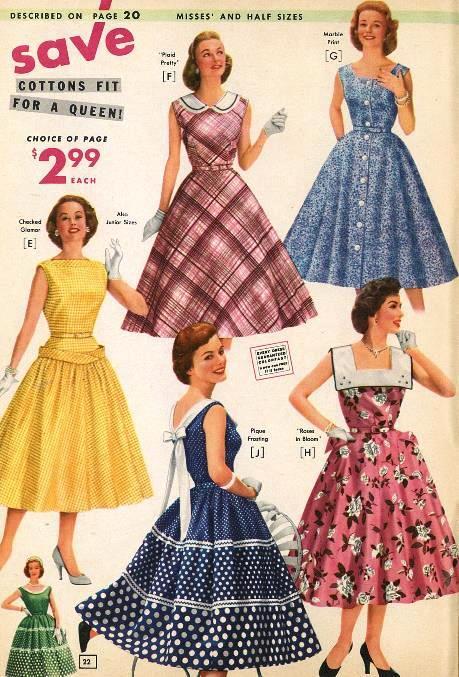
The house dress is simply that: a functional dress for wearing at home. But those worn in the 1920s-1940s were no fashion staple. Rather – think of the day dress that your grandmother might have worn as she went about her busy work during the day. But the 1950s changed that, albeit momentarily. Says Vintage Dancer: “There was no need to use fancy fabrics, big collars, or elaborate trim on a house dress that was covered up by an apron most of the day. Instead, 1950s house dresses were simplified versions of “going out” dresses in easy to wash and wear cotton fabric.”
The 1950s house dress is also sometimes referred to as a shirtwaist dress, as it often, but not always, buttoned down the front, or on the “shirtwaist.” It was met at the waist in a delightful gathering of pin tucking and then extended out in a circle skirt. And as for length? Don’t let 1950s Halloween costumes fool you. Skirts extended well past the knees in the 1950s.
Did you notice that I left out the petticoat from the list of undergarments above? This is another 1950s fashion myth. They may have been worn in certain formal or evening social events, but never during the day. The lovely skirts achieved their shape simply by construction.
Did homemakers wear pants in the 1950s? Sure! Here and there, but they were seldom advertised until the 1960s.
That was a lot of information! Let’s have some fun now with some scrolling of some of my favorite 1950s housewife fashions.
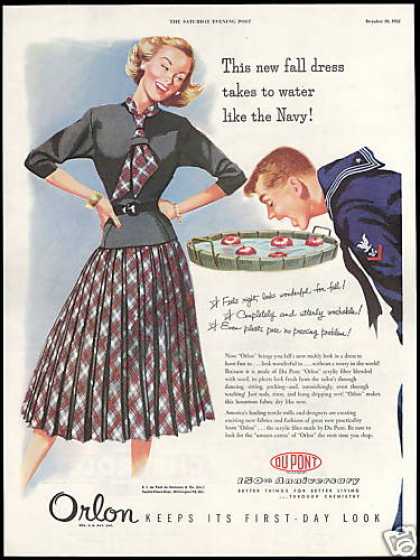
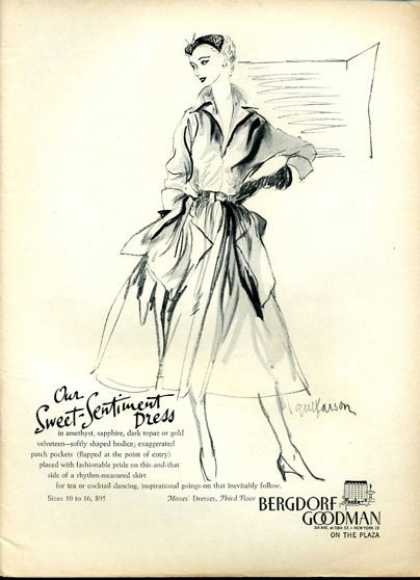
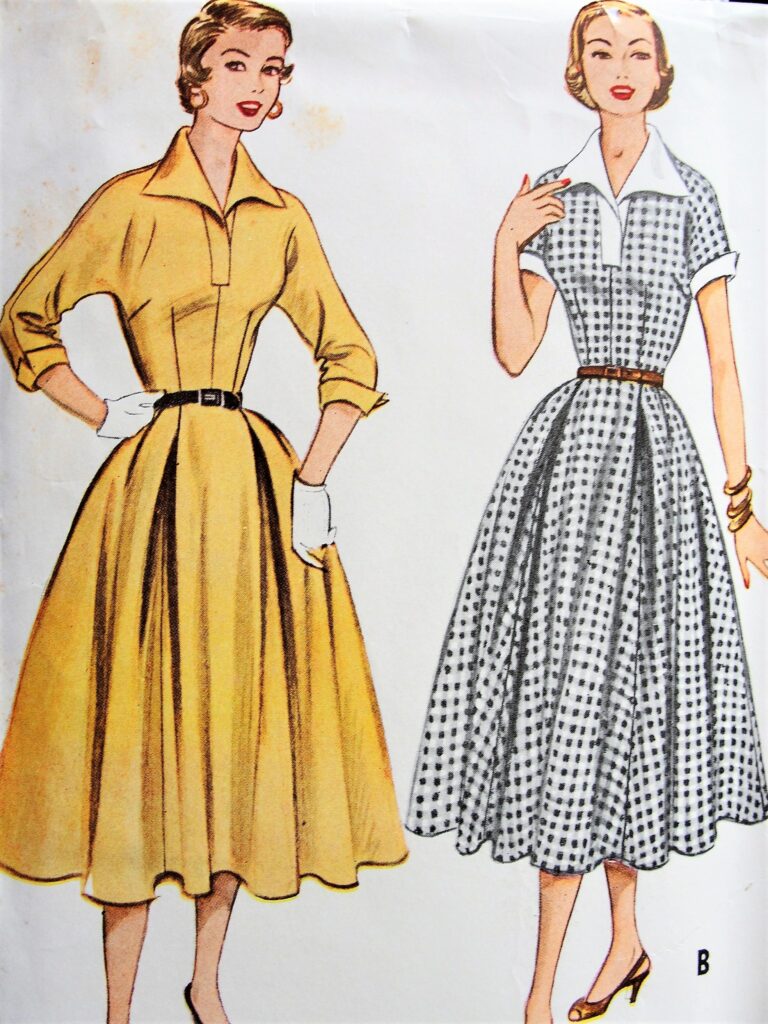
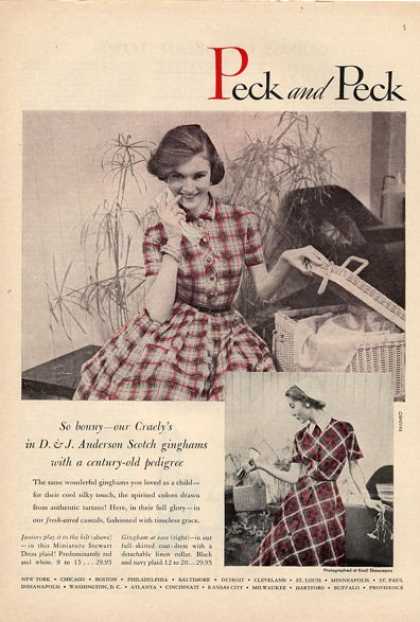
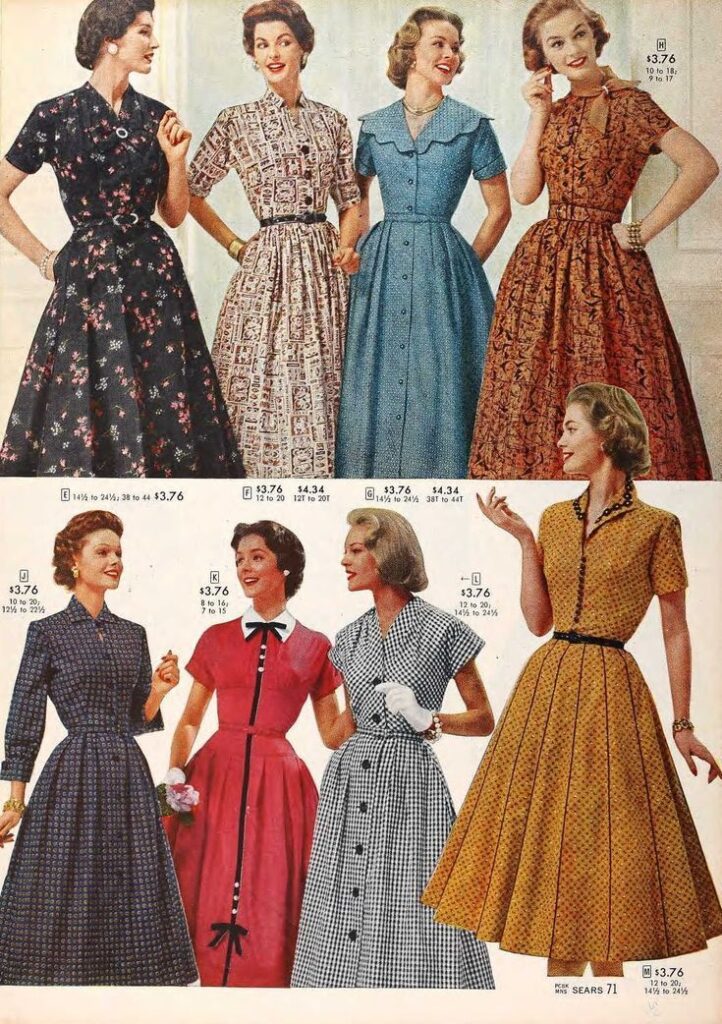
You may also enjoy:
As American as apple pie: the 1939 World’s Fair World of Fashion

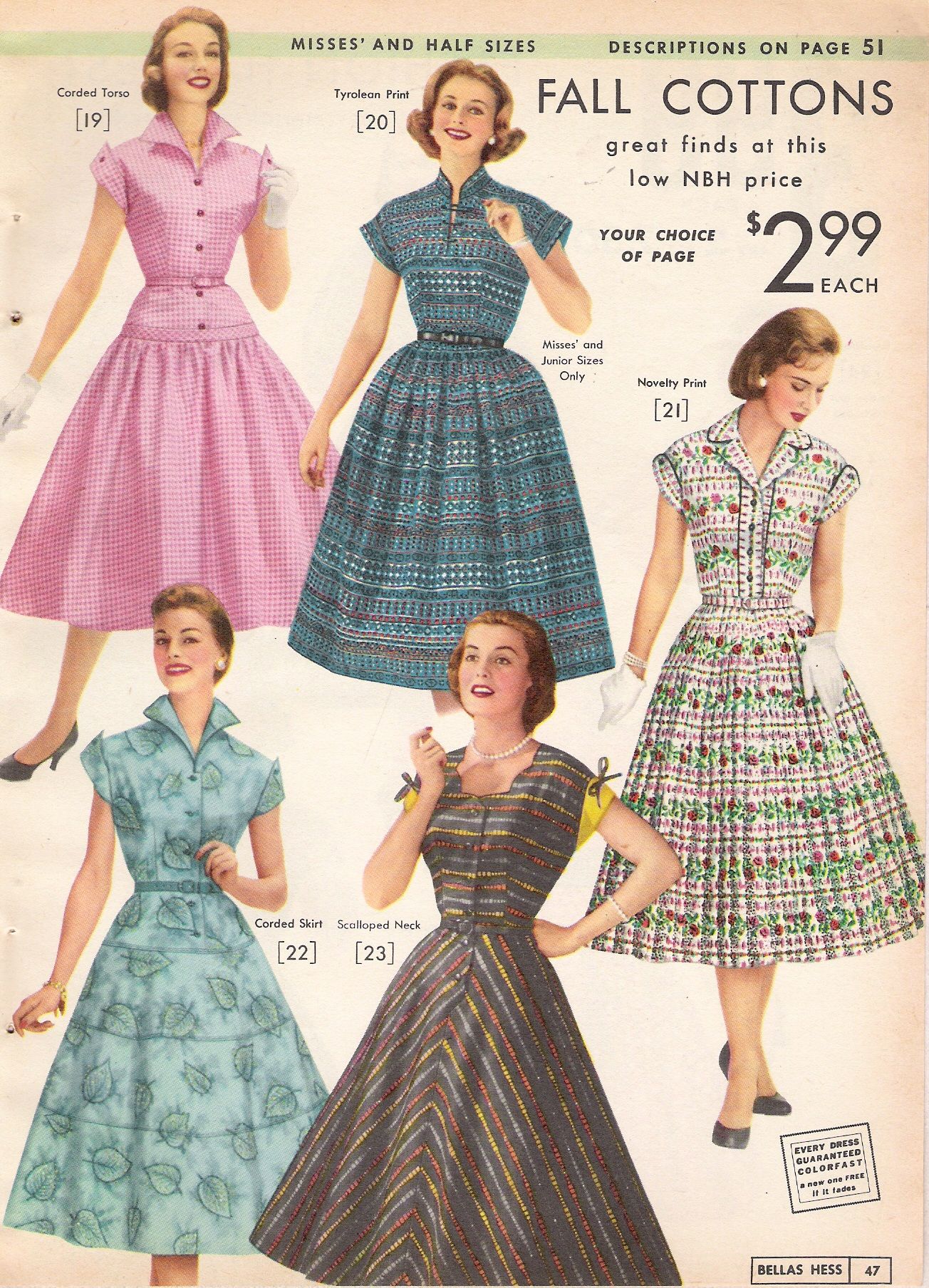



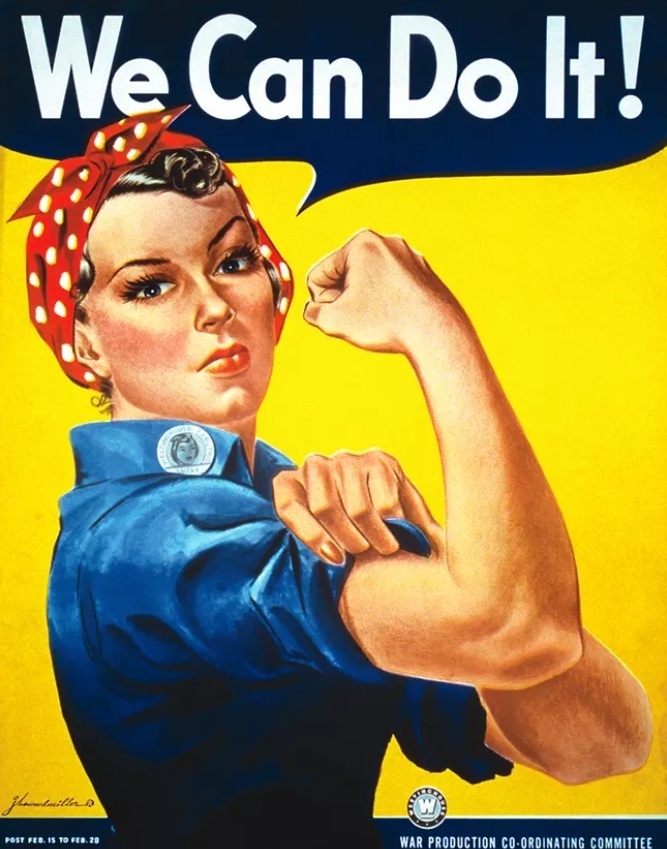
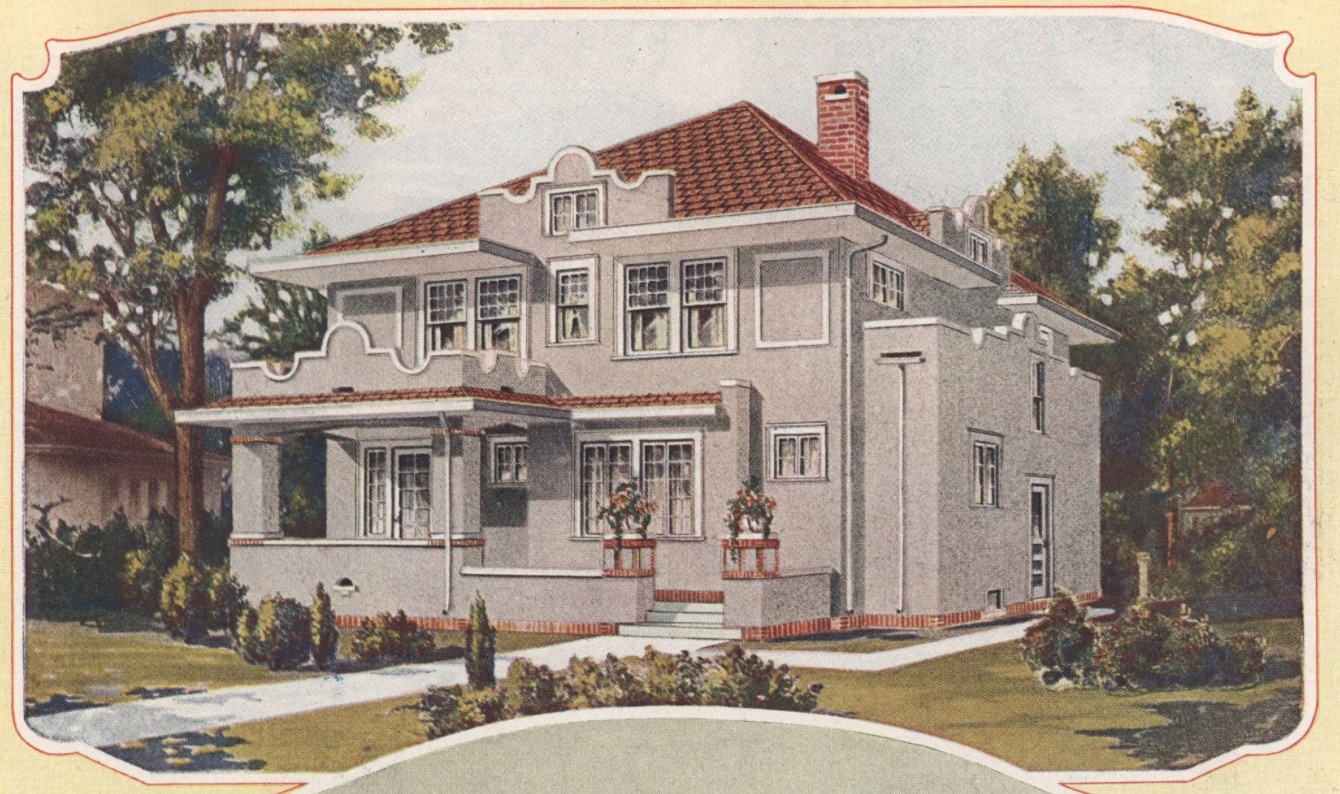




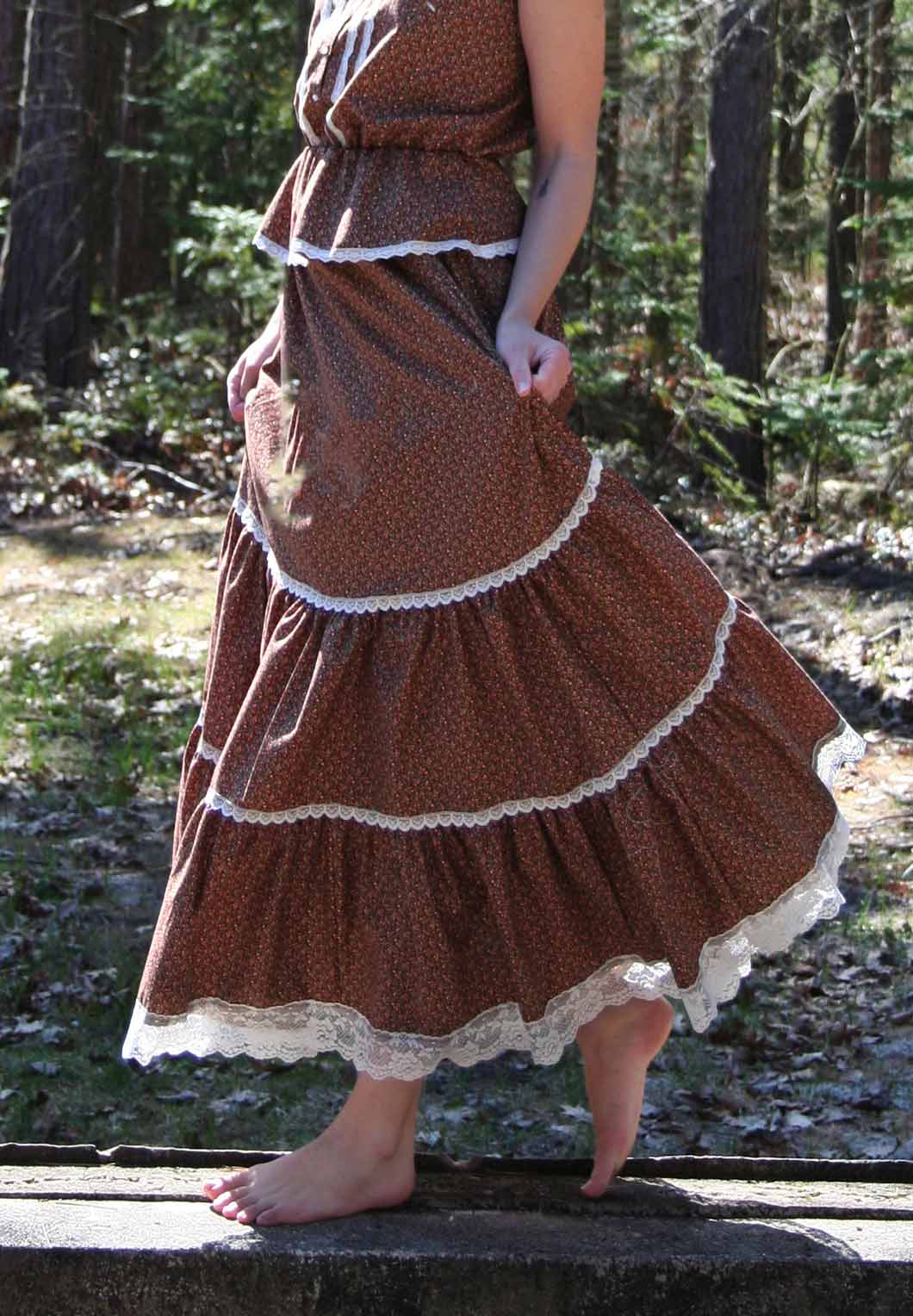
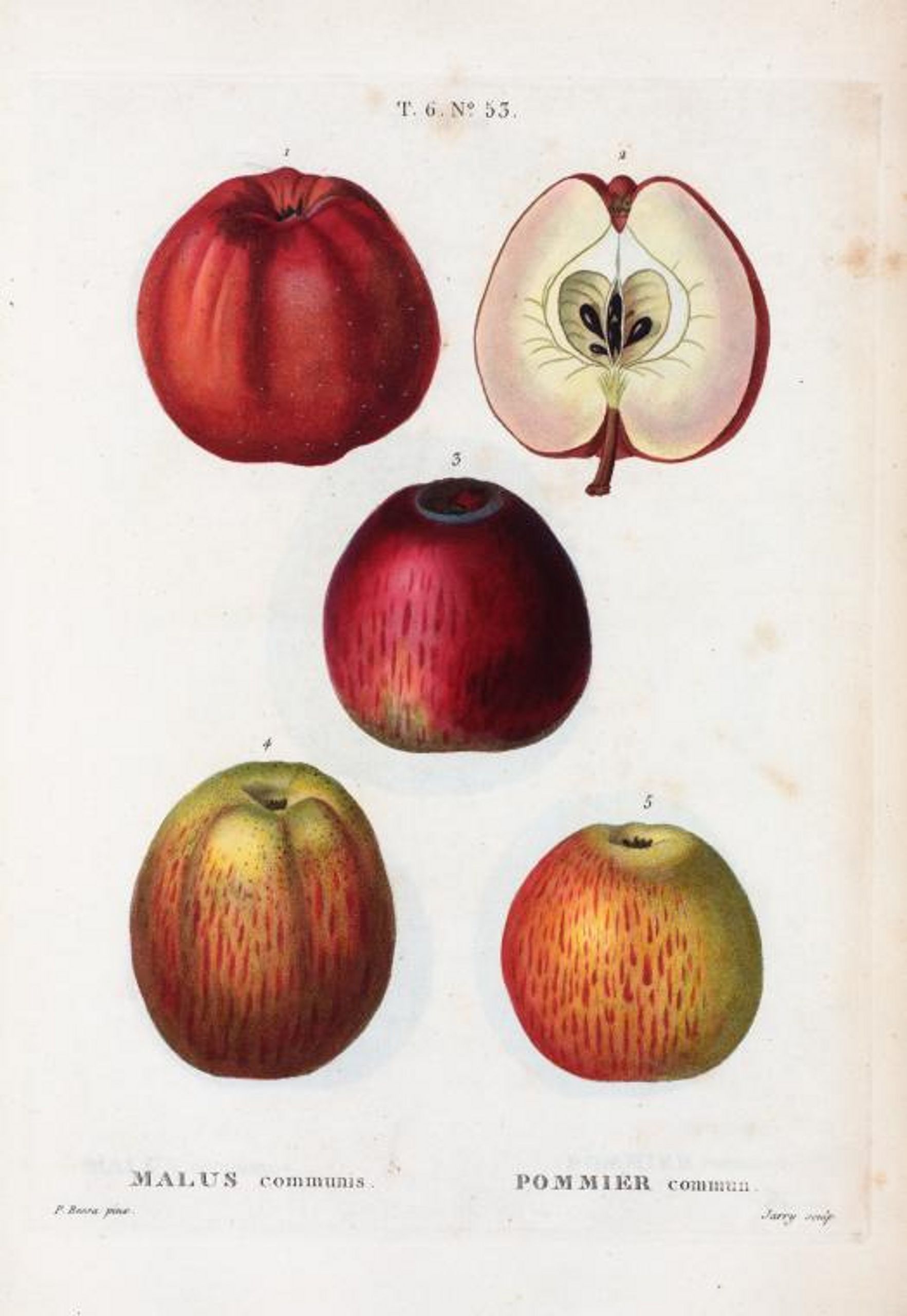
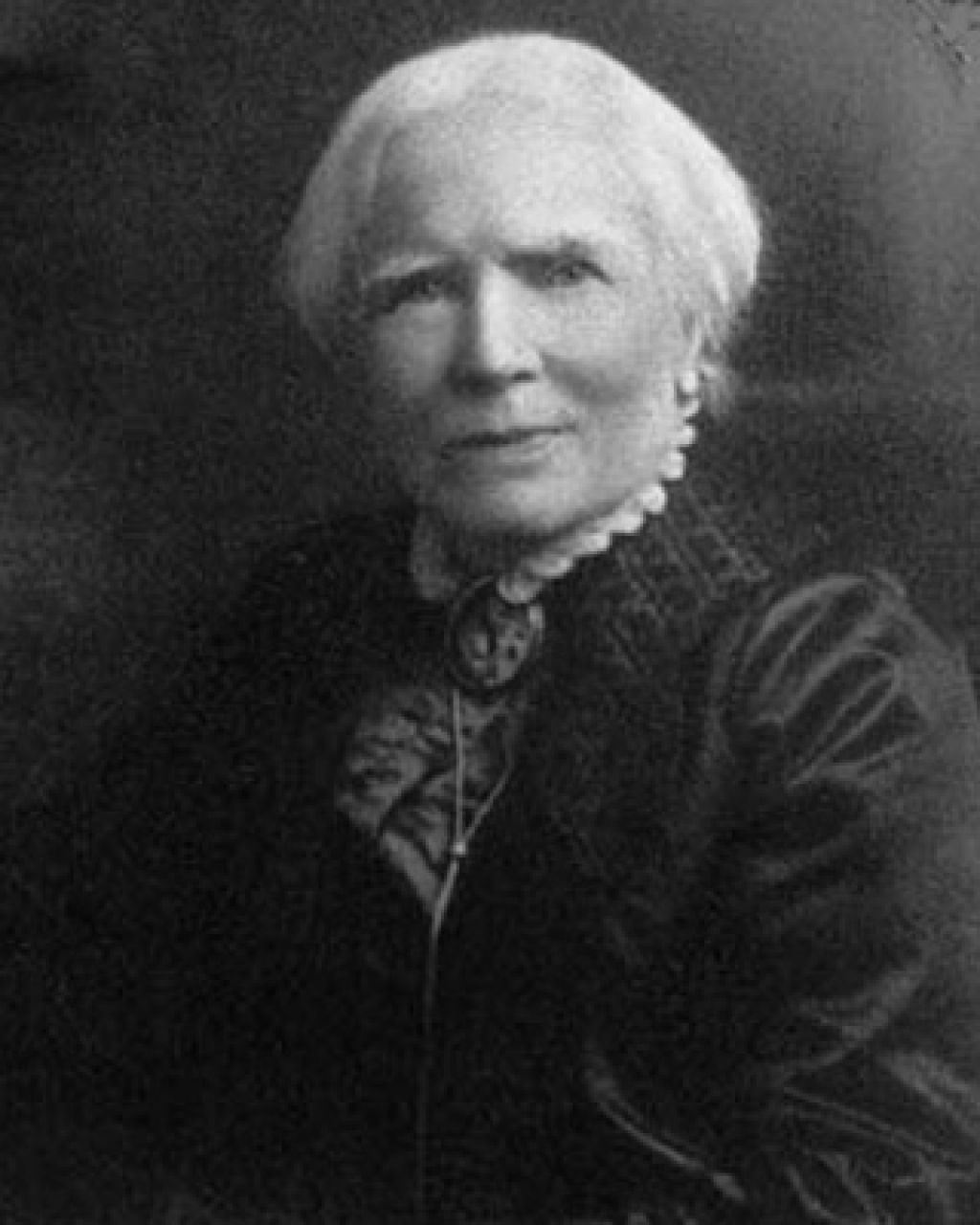
I remember those dresses, and still miss them. But I have to say, I wouldn’t have dreamt of putting on a dress or a skirt without a slip. Even the “easy-care” fabrics weren’t all that easy to care for; everything had to be ironed, and a woman’s family provided her with enough ironing as it was, thankyouverymuch. So you tended to try to keep even your housedress from needing to be washed every time you turned around. Enter the slip, which prevented body oil from getting onto one’s clothes (not to mention time-of-the-month acciddents). Oh, and those seamed stockings were *murder*. We high-school girls (who had to wear stockings to school!) were ecstatic when they were introduced.
I am from the 50’s and loved the dresses then, and still love and want to wear them again. Where can I order them please?
Thank you so much for letting me know! I would wear it every day!
I love the style of the 1950s housewife. It depicits womanhood and true femininity that I admire and try to reflect daily in my own life. I feel so comfortable wearing all the 1950s clothes you have described.
I love it too! Thank you so much for reading.
This is really a great and lovely article. It shows how women used to dress. They had class back then. I am really inspired by them.